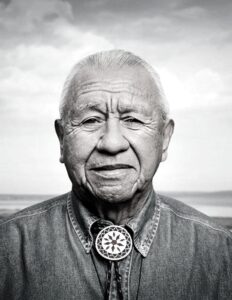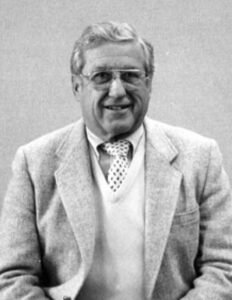Why AgForestry?


Violence broke out, people were arrested, some were beaten, shots were fired, vehicles were damaged, a bridge was burned. This could be the news from last week, but this was the Washington’s “Fish Wars” of the ‘60s and ‘70s. Sport and commercial fishing industries were competing with Native American tribes. The lawsuit that followed redefined the roles of tribes in natural resource management in the Pacific Northwest, leading eventually to the Timber/Fish/Wildlife Agreement (TFW), which was signed in the early 1980s as a new way to manage natural resources with tribes, loggers environmentalists and agencies working together on practices.
Credit for TFW is given to two strong leaders: Billy Frank Jr., a Nisqually tribal leader, and Stu Bledsoe, an Ellensburg rancher turned politician. What these two men accomplished with TFW showed all natural resource industries, including agriculture, the need for and value of aggressively pursuing their needs and explaining them to the public- especially as it related to public policy.
As he worked on TFW, Stu Bledsoe also drove the first efforts to build a natural resources leadership program in Washington state, patterned after other state programs.
Leadership. Some will say, is born. We believe that leaders can be built, and that is why you’re here. Participants will take the talent and skills they have today and over the next 18 months, will have the chance to grow and to bloom. The single biggest factor in what they will gain over the course of the program is what they’re willing to put into the experience.
“Learning is not attained by chance, it must be sought for with ardor and attended to with diligence” –Abigail Adams
